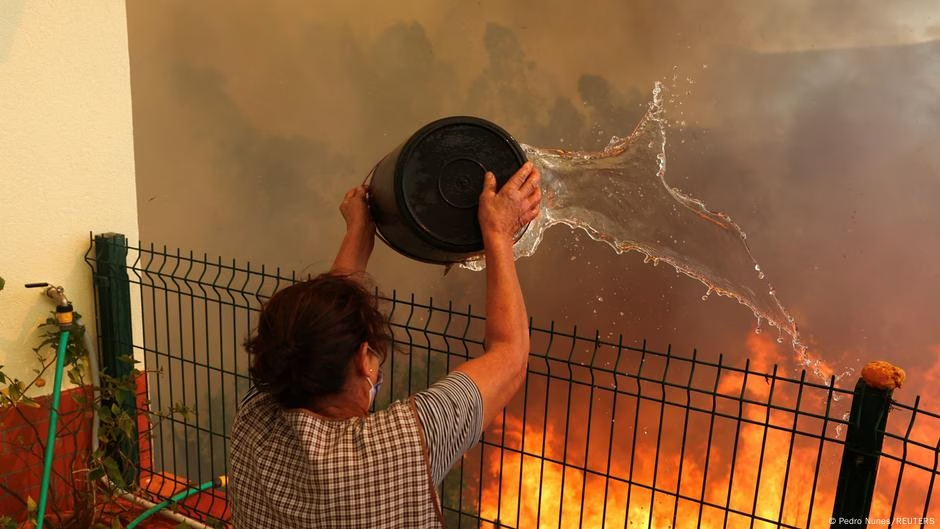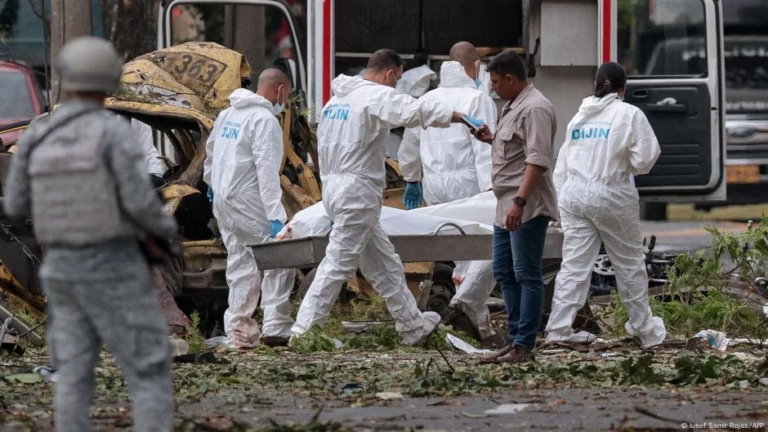In the fall of 2024, over a single week, devastating wildfires ravaged more than 100,000 hectares of land in Portugal, an area roughly equivalent in size to Hong Kong. The fires were among the largest in Europe that year, claiming at least seven lives and visible from space.
Scientists warn that such catastrophic fires are poised to become increasingly frequent. Thomas Elmqvist, Environment Director of the European Academies Science Advisory Council (EASAC), explains that Europe is facing a significant rise in prolonged droughts, dramatically increasing the likelihood of extreme fire events, with some regions expected to witness severe fires every two years.
The EU’s forest fires annually result in €2 billion ($2.2 billion) in economic damages, burning an area nearly twice the size of Luxembourg every year. The link between climate change and fire danger is well-established, with increasing droughts and decreased rainfall predicated to double fire risk by 2100.
Urbanization significantly contributes to fire risks; abandoned farmlands and unmanaged vegetation have turned into substantial fire-prone areas. In countries like Germany, vast pine plantation regions, such as those found in the northeastern part, are particularly at risk.
While the number of fires and total area burned have decreased in Europe due to enhanced firefighting capabilities, the fires that do occur will be larger and more devastating. Nations like Spain, Portugal, Italy, and Greece are most affected.
Despite these challenges, countries such as those in the Mediterranean are more prepared to handle wildfires compared to regions like Germany or the Netherlands. The study highlights that twice as many urban areas in Europe are at risk of fires compared to North America and Asia.
Solutions to mitigate these risks include collaborative efforts from landscape planners, foresters, and farmers to manage lands sustainably, public education about the changing nature of fire risks, and the quicker implementation of policies such as the EU’s Nature Restoration law. Controlled burning, the restoration of ecosystems, and the use of digital mapping and AI technologies can also play crucial roles in mitigating future fire risks.
Edited by Sarah Steffen.
Source: https://www.dw.com/en/can-we-learn-to-live-with-wildfires/a-72567102?maca=en-rss-en-all-1573-rdf








